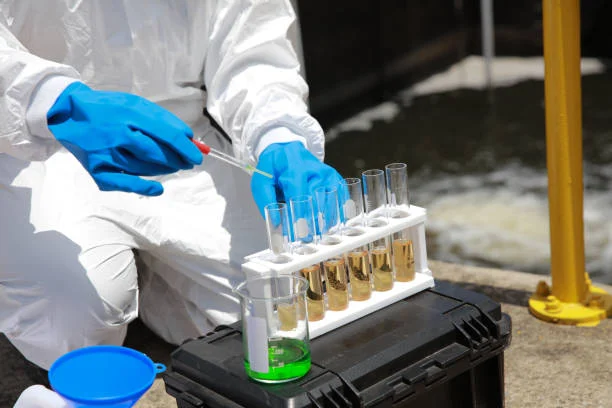
Introduction
Sodium Cyanide is widely used in various industries such as mining, electroplating, and chemical synthesis due to its unique chemical properties. However, the application of Sodium cyanide inevitably generates cyanide-containing wastes, which pose significant threats to human health and the environment if not properly handled. Cyanide is highly toxic and can cause serious harm to organisms even in small amounts. Therefore, it is of utmost importance to adopt correct methods to deal with these wastes.
Hazards of Cyanide-Containing Wastes
Toxicity to Humans
Cyanide can enter the human body through inhalation, ingestion, or skin contact. Once inside the body, it can quickly bind to cytochrome oxidase in cells, inhibiting cellular respiration and leading to tissue hypoxia. In severe cases, it can cause rapid death. Even low - level exposure over a long period may cause symptoms such as headache, dizziness, weakness, and in some cases, chronic health problems.
Impact on Aquatic Organisms
Cyanide is extremely toxic to aquatic life. Even at very low concentrations, it can disrupt the normal physiological functions of fish, invertebrates, and other aquatic organisms. It can affect their respiration, growth, reproduction, and immune systems. For example, when the concentration of cyanide ion is 0.02 - 1.0 mg/L (within 24 hours), fish may die. Cyanide can also cause long - term damage to aquatic ecosystems by reducing the biodiversity and disrupting the food chain.
Effects on Plants
When plants are exposed to cyanide - containing wastes, it can have a negative impact on their growth and development. High concentrations of cyanide can inhibit plant root growth, reduce nutrient uptake, and affect photosynthesis. In agricultural areas, this can lead to reduced crop yields and quality. In addition, cyanide - containing wastewater used for irrigation may contaminate soil, affecting soil quality and the growth of subsequent crops.
Treatment Methods for Cyanide-Containing Wastes
Alkaline Chlorination Method
Principle: This method adjusts the pH of cyanide - containing wastewater to 8.5 - 9 and then adds chlorine - based oxidants. The chlorine - based oxidants, such as bleach (mainly NaClO) or chlorine gas (Cl₂, which dissolves in water to form HClO), react with cyanide ions (CN⁻). In the first step, cyanide is oxidized to cyanate (CNO⁻), which is much less toxic. Further oxidation can convert cyanate into carbon dioxide (CO₂) and nitrogen (N₂). The chemical reactions can be simply expressed as:
CN⁻ + ClO⁻ + H₂O → CNO⁻ + Cl⁻ + 2H⁺
2CNO⁻ + 3ClO⁻ + H₂O → 2CO₂ + N₂ + 3Cl⁻ + 2OH⁻
Advantages and Disadvantages: The alkaline chlorination method is relatively simple to operate and has been widely used. It can effectively reduce the cyanide content in wastewater to a relatively low level. However, it is more suitable for treating wastewater with relatively low cyanide concentrations. If the cyanide concentration is too high, a large amount of chlorine - based oxidants will be required, which may increase the treatment cost and produce secondary pollutants.
Pressurizing Hydrolysis Method
Principle: In this method, cyanide - containing wastewater is placed in a closed container. Alkali is added, and then the wastewater is heated and pressurized. Under these conditions, cyanide undergoes hydrolysis reactions. Cyanide ions react with water molecules to produce non - toxic sodium formate (HCOONa) and ammonia (NH₃). The chemical reaction equation is:
CN⁻ + 2H₂O → HCOO⁻ + NH₃
Advantages and Disadvantages: The pressurizing hydrolysis method has a wide range of adaptability to the concentration of cyanide in wastewater. It can also handle complex cyanide compounds. The operation is relatively straightforward in terms of the reaction process. However, this method requires special equipment for pressurization and heating, which makes the overall process complex. In addition, the energy consumption and equipment investment are relatively high, resulting in high treatment costs.
Acidized Method
Principle: In the acidized method, sulfuric acid is added to cyanide - containing wastewater to adjust the pH to 2 - 3. Under acidic conditions, cyanide in the wastewater reacts to form hydrogen cyanide gas (HCN). Since the density of hydrogen cyanide gas is small, and using the principle of air pressure balance, air is passed through the wastewater to carry the hydrogen cyanide gas out. The carried - out hydrogen cyanide gas can then be introduced into an alkali solution for recycling. The main chemical reaction is:
CN⁻ + H⁺ → HCN↑
Advantages and Disadvantages: One of the advantages of this method is that it can potentially recover Sodium Cyanide, which has certain economic value. However, this method requires strict control of operating conditions. Hydrogen cyanide gas is extremely toxic, and any leakage during the process can pose a serious threat to the environment and human health. Therefore, high - level safety measures and equipment sealing are required.
Biological Treatment Methods
Principle: Some microorganisms have the ability to decompose cyanide. In biological treatment methods, specific bacteria or fungi are used to degrade cyanide in the waste. These microorganisms can use cyanide as a carbon or nitrogen source through a series of enzymatic reactions, converting it into non - toxic substances such as carbon dioxide, water, and ammonia. For example, some cyanide - degrading bacteria can break down cyanide into less harmful compounds through metabolic pathways.
Advantages and Disadvantages: Biological treatment methods are relatively environmentally friendly as they do not introduce a large number of chemical reagents. They can be cost - effective for treating large - volume, low - concentration cyanide - containing wastes. However, biological treatment is highly dependent on environmental conditions such as temperature, pH, and the presence of other substances. If the conditions are not suitable, the activity of microorganisms will be inhibited, affecting the treatment effect. In addition, the treatment process may be relatively slow compared to some chemical methods.
Solid - Phase Treatment of Cyanide - Containing Wastes
For solid cyanide - containing wastes, such as those from mining tailings or industrial residues, treatment methods are also crucial. One common approach is to immobilize the cyanide in the solid waste. This can be achieved by adding certain binding agents or stabilizers. For example, adding cement or lime to the waste can form a solid matrix that encapsulates the cyanide, reducing its leaching potential. Another method is to use chemical reagents to react with cyanide in the solid waste, converting it into less soluble or less toxic compounds.
Regulatory Requirements and Safety Considerations
Regulatory Requirements
In many countries and regions, there are strict regulations regarding the treatment and disposal of cyanide - containing wastes. For example, the United States Environmental Protection Agency (USEPA) has set specific limits for the maximum cyanide concentration in drinking water (0.05 mg/L) and ecological water (0.20 mg/L). In industrial wastewater, the maximum mass concentration of cyanide is also regulated, usually around 0.50 mg/L. Industries that generate cyanide - containing wastes are required to comply with these regulations. They must implement appropriate treatment methods to ensure that the discharged wastewater or disposed - of wastes meet the specified standards. Failure to comply may result in severe penalties, including fines and potential shutdown of operations.
Safety Considerations
When handling cyanide - containing wastes, safety should always be a top priority. Workers involved in the treatment process must be equipped with appropriate personal protective equipment (PPE). This includes full - face respirators to prevent inhalation of toxic cyanide gases, chemical - resistant suits to protect the skin from contact with cyanide - containing substances, rubber gloves, and rubber boots. In addition, work areas should be well - ventilated to reduce the accumulation of cyanide - related gases. Regular safety training should be provided to workers to ensure they are familiar with the proper handling procedures, emergency response measures in case of spills or leaks, and the potential hazards of cyanide.
Conclusion
Proper treatment of cyanide - containing wastes generated during the application of sodium cyanide is essential for protecting human health and the environment. By understanding the hazards of these wastes and adopting appropriate treatment methods such as alkaline chlorination, pressurizing hydrolysis, acidized method, or biological treatment, we can effectively reduce the risks associated with cyanide. Complying with regulatory requirements and ensuring safety in the treatment process are also crucial steps in managing cyanide - containing wastes. Continued research and development in this area are needed to improve treatment technologies, making them more efficient, cost - effective, and environmentally friendly.
- Random Content
- Hot content
- Hot review content
- Dodecylbenzenesulfonic acid
- Fertilizer magnesium sulfate/magnesium sulfate monohydrate
- Phthalic anhydride
- Sodium selenite,anhydrous 98%
- Magnesium Sulfate
- What is a settling agent, and how does it work in mining?
- How do I assess the economic viability and effectiveness of mining chemicals?
- 1Discounted Sodium Cyanide (CAS: 143-33-9) for Mining - High Quality & Competitive Pricing
- 2China's New Regulations on Sodium Cyanide Exports and Guidance for International Buyers
- 3Sodium Cyanide 98% CAS 143-33-9 gold dressing agent Essential for Mining and Chemical Industries
- 4International Cyanide(Sodium cyanide) Management Code - Gold Mine Acceptance Standards
- 5China factory Sulfuric Acid 98%
- 6Anhydrous Oxalic acid 99.6% Industrial Grade
- 7Oxalic acid for mining 99.6%
- 1Sodium Cyanide 98% CAS 143-33-9 gold dressing agent Essential for Mining and Chemical Industries
- 2High Quality 99% Purity of Cyanuric chloride ISO 9001:2005 REACH Verified Producer
- 3Zinc chloride ZnCl2 for High Molecular Weight Polymers Initiator
- 4High Purity · Stable Performance · Higher Recovery — sodium cyanide for modern gold leaching
- 5High Quality Sodium Ferrocyanide / Sodium Hexacyanoferr
- 6Gold Ore Dressing Agent Safe Gold Extracting Agent Replace Sodium Cyanide
- 7Sodium Cyanide 98%+ CAS 143-33-9

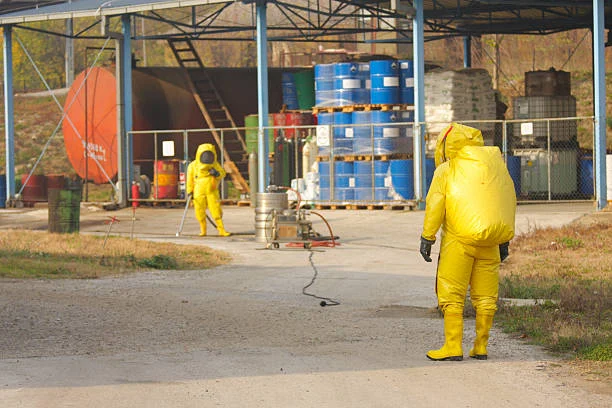
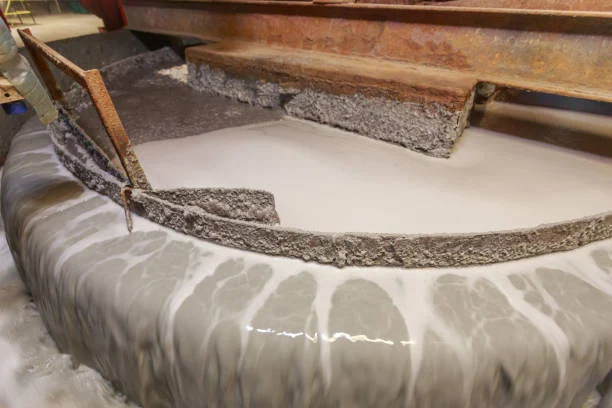
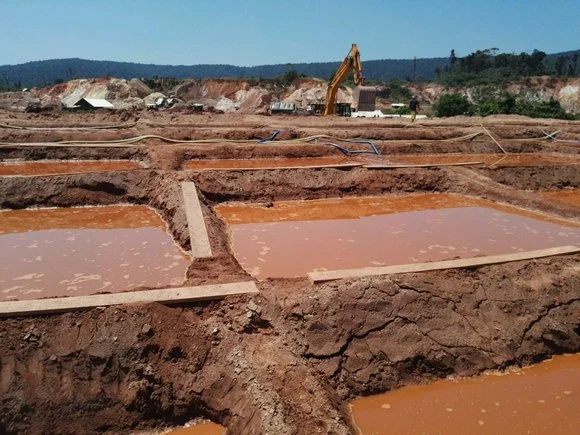
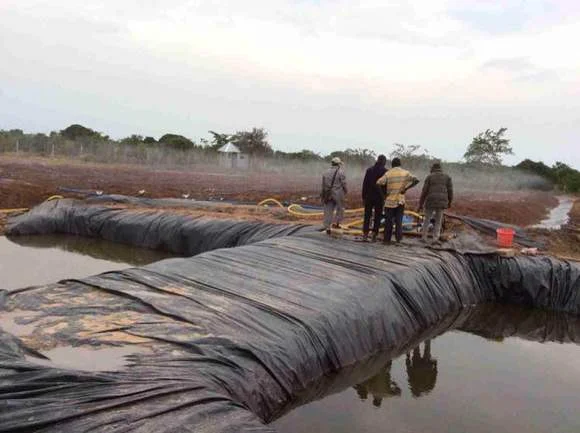

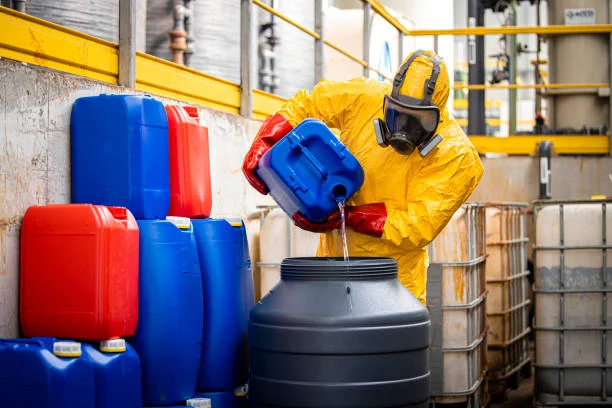
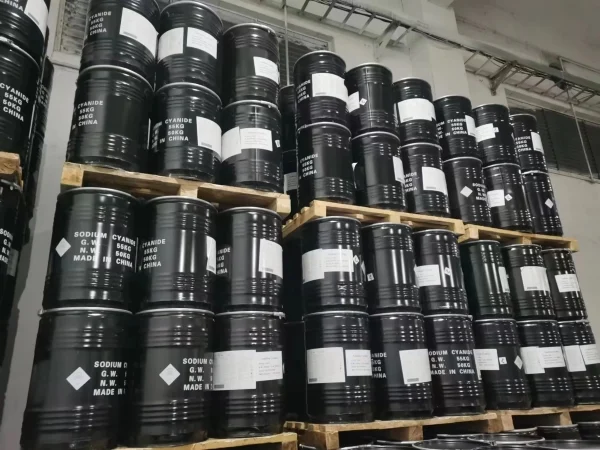



Online message consultation
Add comment: